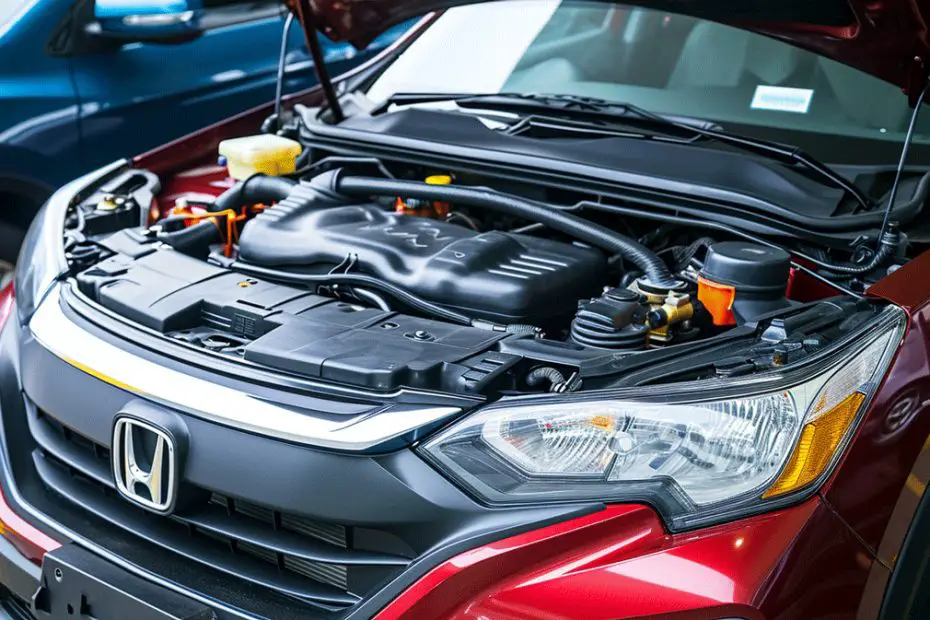Maintaining our vehicle’s performance is crucial, and that’s why we’re tackling the PCV valve and hose replacement today. It’s a simple fix that can prevent oil sludge buildup, ensuring our engine runs smoothly.
What is a PCV Valve and Hose
The PCV valve, or Positive Crankcase Ventilation valve, is a critical component in our vehicle’s engine. Its primary function is to regulate and remove fumes from the engine’s crankcase and reroute them back into the intake manifold to be reburned. This process helps reduce harmful emissions and improves overall engine performance.
Adequate functionality of the PCV system is essential, as it traps and removes contaminants that can cause oil sludge buildup. Over time, a malfunctioning PCV valve can lead to several engine issues, including:
- Increased oil consumption
- Higher emissions
- Unstable idling
The hose attached to the PCV valve is just as significant. It provides a pathway for the fumes to travel from the crankcase to the intake manifold. Wear and tear on the hose can lead to cracks and leaks, compromising the integrity of the PCV system.
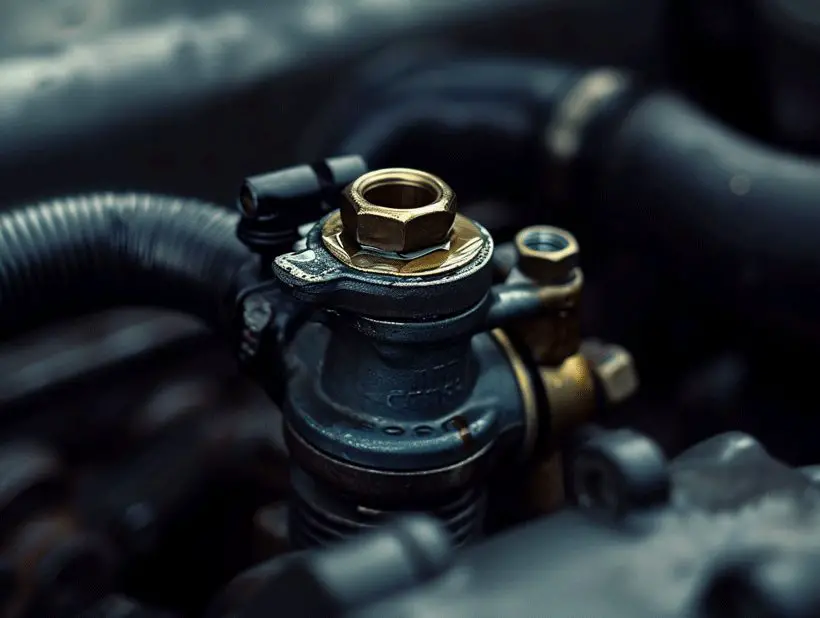
When inspecting the PCV valve and hose, we look for several signs that indicate replacement may be needed:
- Visible contamination or deposits
- A stiff or stuck valve
- Hose degradation or soft spots
It’s crucial for us to understand that the PCV valve and hose work together as part of a larger system. Regular maintenance and timely replacement of these components can prevent more severe engine troubles. We advise all vehicle owners to check their PCV valve and hose regularly and replace them as part of their vehicle‚Äôs routine service schedule. The duration between replacements varies with vehicle make and model, but a good rule of thumb is every 20,000 to 50,000 miles, depending on the manufacturer’s recommendation.
By being proactive in the health of our PCV system, we contribute not only to our vehicle’s longevity but also to a cleaner environment by minimizing emissions. The role of the PCV valve and hose might seem minor, but their impact on engine efficiency and the reduction of oil sludge buildup is undeniable.
Signs of a Bad PCV Valve and Hose
Knowing when to replace the PCV valve and hose is crucial for the well-being of our vehicle. Here are standout indicators that these components may warrant a closer look:
- Increased Engine Pressure: If the PCV valve is clogged or malfunctioning, pressure builds up within the engine causing oil leaks or seals to burst.
- Erratic Engine Performance: A failing PCV system could lead to unstable engine idling or misfires, as it’s unable to regulate crankcase fumes properly.
- Oil Contamination: Sludge or moisture in the oil is a red flag that the PCV system isn’t doing its job, potentially leading to greater engine wear and tear.
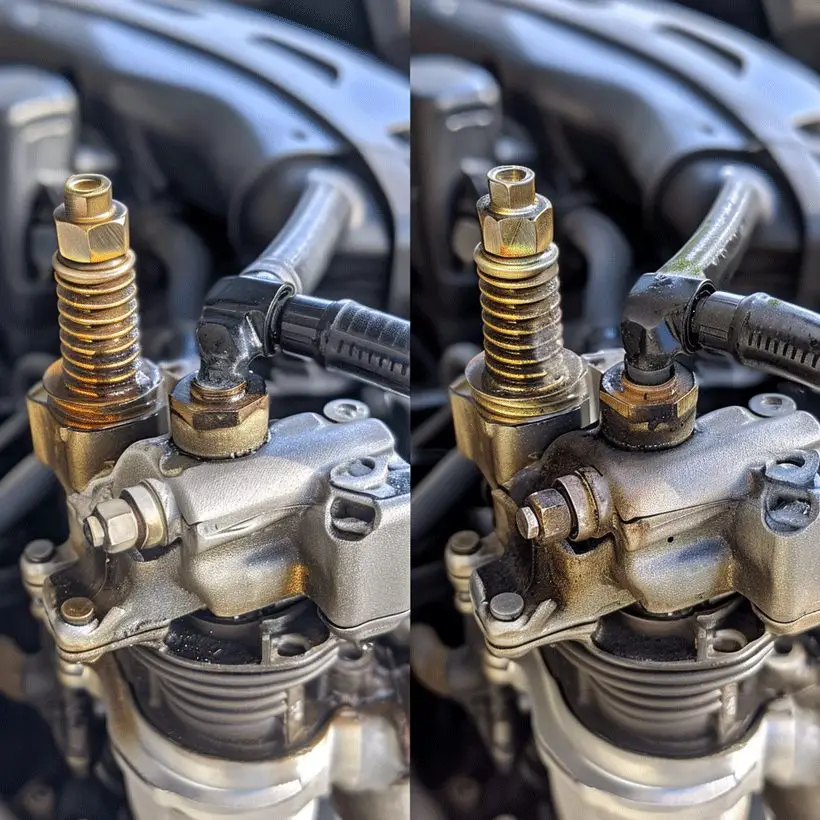
Perhaps one of the most telling signs is the presence of visible contaminants or deposits. If we spot buildup where the PCV valve connects to the hose, it might be time for maintenance. Similarly, a thorough inspection may reveal a PCV valve that feels stiff or stuck – a sure sign it’s not functioning effectively.
Since hoses deteriorate over time, we should also look for signs of degradation or soft spots. Hoses that appear swollen or have cracks can no longer provide a reliable pathway for fumes and should be replaced.
Here’s a table detailing the signs and related issues:
| Sign | Related Issue |
|---|---|
| Increased Engine Pressure | Potential for Oil Leaks |
| Erratic Engine Performance | Unstable Idling/Misfires |
| Oil Contamination | Greater Engine Wear |
| Visible Contamination/Deposits | Clogged PCV Valve |
| Stiff or Stuck Valve | Ineffective Fume Regulation |
| Hose Degradation or Soft Spots | Unreliable Fume Pathway |
Routine inspections and prompt replacements of the PCV valve and hose contribute significantly to the longevity and efficiency of our car’s engine. Staying vigilant of these symptoms ensures we can address issues before they escalate into major problems, safeguarding our vehicle’s performance.
Tools and Materials Needed
Before we dive into the task of replacing a PCV valve and hose, it‚Äôs crucial to have all the necessary tools and materials at hand. The last thing we want is to be halfway through the job and realize we‚Äôre missing a key item. Here’s a list of essentials we’ll need:
- Socket set and ratchet: Ideal for loosening and tightening bolts.
- Pliers: Useful for gripping and removing hose clamps.
- Flathead screwdriver: Helps in prying off hoses or clamps.
- Replacement PCV valve: Ensure it’s the correct model for our vehicle.
- Replacement hose: It’s important to match the size and shape with the old one.
- Hose cutter: In case we need to trim the replacement hose for a perfect fit.
- Hose clamps: To secure the hoses in place.
- Car manual: This guide is invaluable for locating the PCV valve and understanding the specifics for our vehicle.
- Gloves: To keep our hands clean and protected.
Having these items ready will streamline the process and prevent any unnecessary frustration. We must remember to double-check the fit of the new PCV valve and hose for our specific vehicle model before purchasing them. Incorrect parts can lead to greater issues down the road.
Properly equipped, we can tackle the replacement with confidence, knowing that we have prepared diligently. Taking on tasks like this not only endows us with a sense of accomplishment but also deepens our understanding of how our vehicles function. With meticulous attention to detail and the right tools in our arsenal, we can successfully reduce the risk of oil sludge build-up, ensuring that our vehicles run smoothly and efficiently.
Step-by-Step Guide to Replace PCV Valve and Hose
Before we begin, ensure the engine is cool to prevent burns. Gather all the tools and materials listed in the previous section to ensure a smooth replacement process.
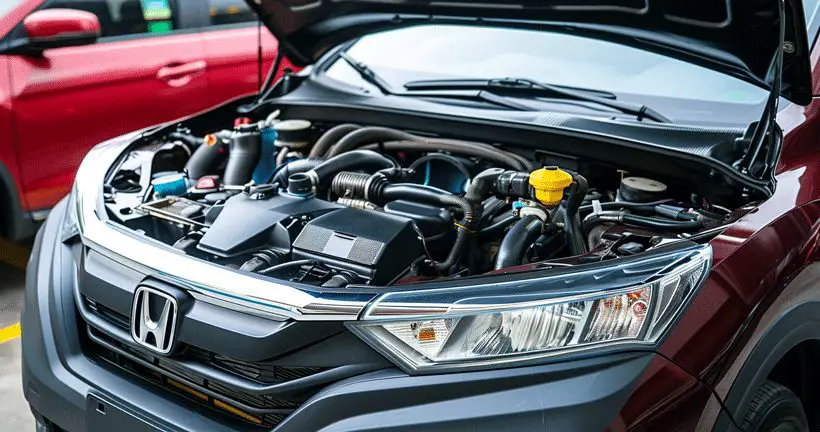
Locate the PCV Valve and Hose
First, we’ll need to locate the PCV valve and hose. Typically, these are found on or near the engine’s valve cover. It’s a small, often cylindrical component attached to the crankcase with a single hose running from it.
Removing the Old PCV Valve
Once located, we’ll remove the old PCV valve:
- Carefully disconnect the hose by loosening the clamp with pliers if necessary.
- With the socket set, remove the valve from its seat. Be gentle to avoid damage to surrounding components.
Inspecting the Hose
It’s crucial to inspect the hose:
- Check for cracks, soft spots, or brittleness.
- If the hose shows signs of wear, it’s time to replace it as well.
Installing the New PCV Valve
We’re ready to install the new PCV valve:
- Secure the new valve in place, ensuring it’s snug but not overtightened.
- Reattach the hose, double-checking for a secure fit.
Make sure the components sit properly without any strain on the connections. Remember, a proper fit is key to avoid potential issues.
Double-Check Your Work
After installation, here’s what we’ll double-check:
- That the PCV valve and hose are firmly in place.
- There’s no blockage in the hose.
- All connections have been restored to their original order.
By following these steps, we’re taking a significant preventive measure against oil sludge build-up. With the new PCV valve and hose installed, our vehicle should see improved gas mileage and a smoother running engine. Let’s remember to periodically check the PCV system as part of our regular vehicle maintenance to keep everything functioning optimally.
Tips to Reduce Oil Sludge Build-up
Maintaining a clean and efficient PCV system is crucial for preventing the accumulation of oil sludge in your engine. Oil sludge can wreak havoc on your vehicle’s performance and longevity. We’ve put together some essential tips to help keep your car’s engine in top-notch condition.
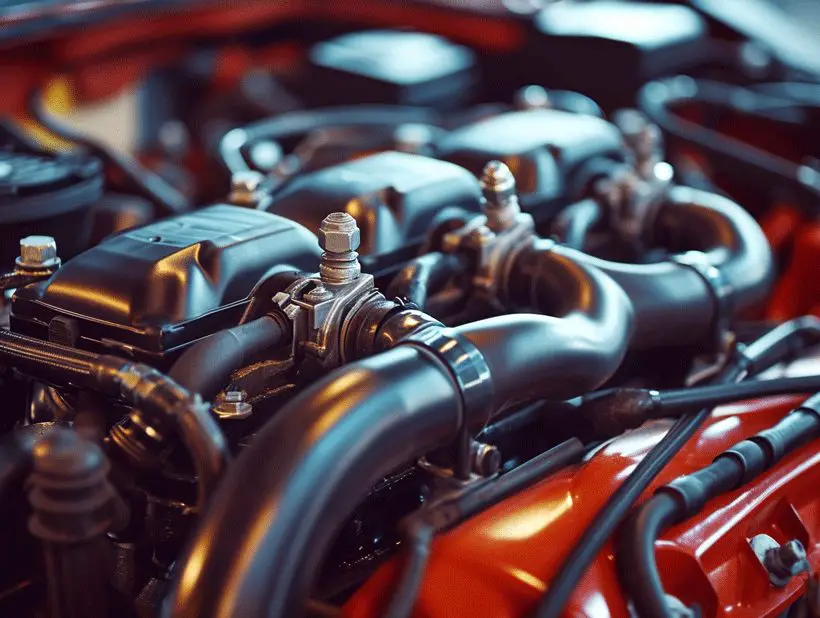
Perform Regular Oil Changes
Regular oil changes are your first line of defense against sludge buildup. Over time, oil breaks down and becomes contaminated with dirt, metal shavings, and other debris. Ensuring you change your oil according to the manufacturer’s recommended intervals is vital. We recommend using high-quality oil tailored to your vehicle’s specifications.
Use High-Quality Oil and Filters
Choosing the right oil and filters is imperative. High-quality synthetic oil offers better protection against heat and breakdown, which reduces sludge formation. Don’t skimp on oil filters either‚Äîthey’re responsible for trapping contaminants before they can enter your engine.
Keep Your Engine Properly Tuned
A well-tuned engine runs more efficiently and is less likely to produce oil contaminants that contribute to sludge. Regular tune-ups ensure that all engine components are functioning correctly and can significantly extend the life of your vehicle’s engine.
Avoid Short Trips
Short trips don’t allow the engine to reach optimal operating temperatures, and this can lead to moisture accumulation in the oil. Moisture triggers oil degradation, thus increasing the risk of sludge. When possible, combine short trips into longer journeys to help the engine warm up completely.
Inspect the PCV Valve Regularly
Since we’re focusing on the PCV valve in this guide, it’s worth emphasizing the importance of regular inspections. A malfunctioning PCV valve can cause oil sludge buildup by allowing oil to blow back into the combustion chamber. Check it periodically and replace it if necessary.
By incorporating these tips into your routine vehicle maintenance, you’ll significantly reduce the risk of oil sludge buildup. Remember, a little preventative care can save you a lot of time and money in the long run, ensuring your vehicle’s engine runs smoothly and efficiently.
Conclusion
We’ve walked you through the essentials of replacing your PCV valve and hose‚Äîa straightforward process that can have a significant impact on your engine’s health. By taking these steps, we’re not just fixing a part; we’re actively fighting against oil sludge buildup and ensuring our engine performs at its best. Remember to stick to the routine maintenance tips we’ve shared to keep sludge at bay. With our guidance, your vehicle is set to run more efficiently and you’ll likely dodge costly repairs down the road. It’s all about giving our cars the care they deserve so they can keep us moving forward without a hitch.
